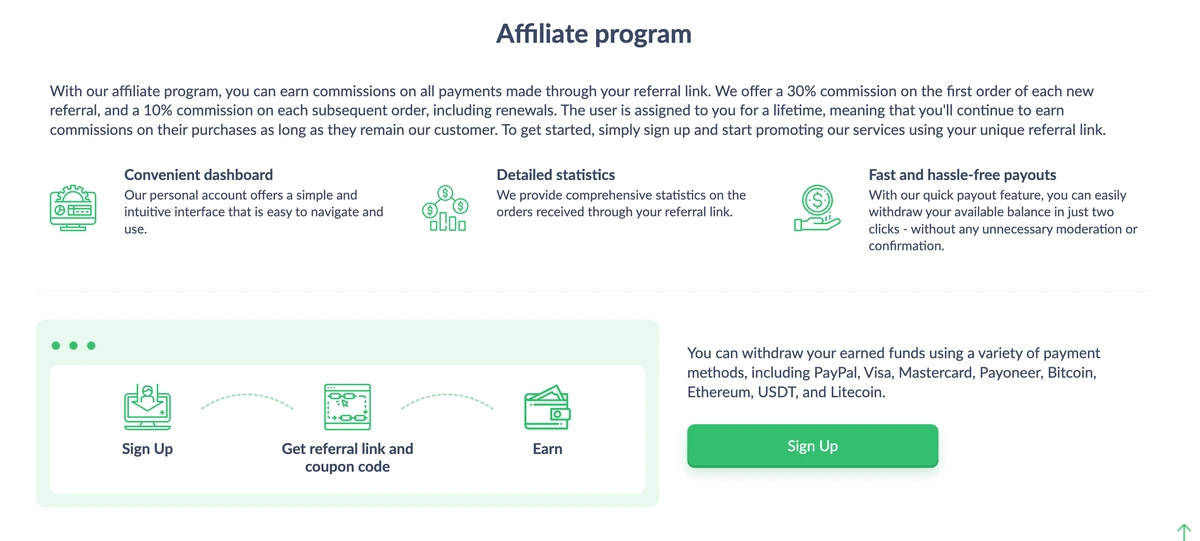

Institutional trading requires far more than simply sending buy or sell orders to the market. The concept of best execution is a cornerstone of modern trading, ensuring that institutional traders achieve the most favorable outcomes while balancing price, speed, cost, and risk. With increasing market complexity, regulatory oversight, and the growth of algorithmic trading, best execution has become both a compliance obligation and a competitive advantage.
This article explores best execution practices for institutional traders, drawing from real-world experience, quantitative methods, and the latest industry trends. We will compare different execution strategies, analyze their advantages and drawbacks, and provide actionable insights for institutions seeking to optimize execution quality.
Understanding Best Execution in Institutional Trading
What Is Best Execution?
Best execution refers to the obligation and practice of securing the most advantageous terms for a trade, considering multiple factors such as:
Price – Achieving the best available quote.
Speed – Minimizing latency and slippage.
Cost – Reducing commissions, fees, and market impact.
Likelihood of Execution – Ensuring orders actually get filled.
Market Conditions – Accounting for volatility and liquidity.
For institutional traders—such as hedge funds, pension funds, and asset managers—best execution is not merely a compliance requirement but a direct driver of performance and client trust.
Why Best Execution Matters
In high-volume, high-frequency, and complex strategies, execution quality can determine whether a trade is profitable or unprofitable. Even a fraction of a percent in slippage or cost savings can translate into millions of dollars for large institutions.
Moreover, regulators in the U.S. (SEC, FINRA), EU (MiFID II), and Asia require institutions to demonstrate execution transparency and accountability.
Key Pillars of Best Execution
- Execution Algorithms and Smart Order Routing
Modern institutional trading relies heavily on execution algorithms (algos) and smart order routing (SOR) tools. These systems automatically split large orders into smaller ones, minimize market impact, and route trades across multiple venues for optimal pricing.
VWAP (Volume-Weighted Average Price) Algos – Aim to match or improve upon the market’s average traded price over a given period.
TWAP (Time-Weighted Average Price) Algos – Spread execution evenly over time to reduce detection and impact.
Implementation Shortfall Algos – Minimize the difference between decision price and execution price.
👉 For readers seeking deeper insights, see Where to find best execution algorithms? for a comprehensive breakdown of leading algorithmic solutions and how they impact institutional trading.
- Transparency and Transaction Cost Analysis (TCA)
Transaction Cost Analysis (TCA) has become the gold standard for measuring execution quality. Institutions use pre-trade, intra-trade, and post-trade analytics to benchmark results and identify inefficiencies.
Pre-trade TCA – Forecasts costs and risks of execution strategies.
Intra-trade TCA – Provides real-time monitoring of order progress.
Post-trade TCA – Analyzes actual outcomes against benchmarks like VWAP, arrival price, or closing price.
By systematically applying TCA, firms can continuously refine execution strategies and comply with regulatory reporting.
Comparing Execution Strategies: Passive vs. Aggressive
Passive Execution Strategies
Passive execution involves using limit orders that provide liquidity to the market, rather than consuming it.
Advantages:
Lower transaction costs (often rebates from exchanges).
Reduced market impact due to non-aggressive positioning.
Better control over execution price.
Disadvantages:
Risk of non-execution in fast-moving markets.
Opportunity cost if prices move away before order fills.
Aggressive Execution Strategies
Aggressive execution uses market orders or aggressive limit orders to immediately capture liquidity.
Advantages:
High certainty of execution.
Essential in volatile markets where opportunities are short-lived.
Disadvantages:
Higher costs (taker fees and spreads).
Greater price slippage and potential signaling risk.
👉 For a detailed perspective on market conditions, refer to How to execute trades in volatile markets?, which highlights how execution strategies must adapt to rapid price swings.
Integrating Technology and Human Expertise
The Role of AI and Machine Learning
AI-driven execution systems analyze real-time market microstructure, liquidity shifts, and historical patterns to dynamically adjust strategies. For example, reinforcement learning models can “learn” which venues or order types consistently yield better results.
Human Oversight
Despite automation, institutional traders still require experienced execution desks to handle exceptions, manage large block trades, and apply judgment in illiquid or fragmented markets. Combining quantitative tools with human oversight ensures resilience and adaptability.
Case Study: Best Execution in a Pension Fund
A global pension fund managing billions of dollars needed to rebalance its portfolio quarterly. By shifting from manual execution to a hybrid model—using VWAP algorithms with real-time TCA feedback—the fund reduced slippage by 18 basis points per quarter, saving millions annually.
This example underscores that execution is not just about speed, but about strategy, analytics, and governance.
Best Execution Governance and Compliance
Regulatory Expectations
MiFID II (EU) – Requires firms to demonstrate execution quality across multiple venues and publish annual execution reports.
SEC/FINRA (U.S.) – Mandate fair pricing and transparency in execution.
Asia-Pacific Regulators – Increasingly aligning with global standards.
Internal Policies
Institutional firms establish best execution committees, regular audits, and vendor assessments to ensure compliance and competitive performance.
Best Practices Checklist for Institutional Traders
Leverage advanced execution algorithms (VWAP, TWAP, Implementation Shortfall).
Adopt multi-layered TCA for continuous monitoring.
Balance passive and aggressive strategies depending on market conditions.
Integrate AI-driven insights with human oversight.
Comply with global regulatory standards and establish internal governance.
Continuously benchmark execution venues for cost and liquidity advantages.
FAQ: Best Execution for Institutional Traders
- How do institutions measure execution quality?
Institutions use Transaction Cost Analysis (TCA), benchmarking execution against VWAP, TWAP, and arrival price. Advanced analytics platforms also track slippage, venue performance, and latency to provide a complete picture.
- What is the biggest challenge in achieving best execution?
The main challenge is balancing price improvement with execution certainty. In highly fragmented markets, routing decisions can be complex. Additionally, large orders risk signaling to the market, which can move prices unfavorably.
- How can technology improve execution outcomes?
AI and algorithmic trading significantly enhance execution by dynamically adjusting strategies based on market conditions. Real-time data feeds, smart order routing, and predictive models reduce slippage and costs while increasing fill probability.
Visual Insights
Execution flow visualization: orders routed across multiple venues for best pricing.
TCA dashboards allow institutional desks to track performance against benchmarks.
Machine learning models dynamically adjust execution strategy in real time.
Conclusion: The Future of Best Execution
Best execution is no longer a static regulatory requirement; it is a dynamic process of optimization. Institutions must combine execution algorithms, TCA, and compliance frameworks with human judgment to stay ahead in increasingly competitive markets.
As trading becomes faster, more fragmented, and more data-driven, those who master best execution practices for institutional traders will secure measurable cost advantages and long-term trust with clients.
💡 What do you think? Share your thoughts on execution strategies, and don’t forget to comment, share, or repost this article with your network to spread the insights.
Would you like me to also create a meta description + SEO title + keyword cluster table for this article so you can publish it directly with optimized search performance?

0 Comments
Leave a Comment